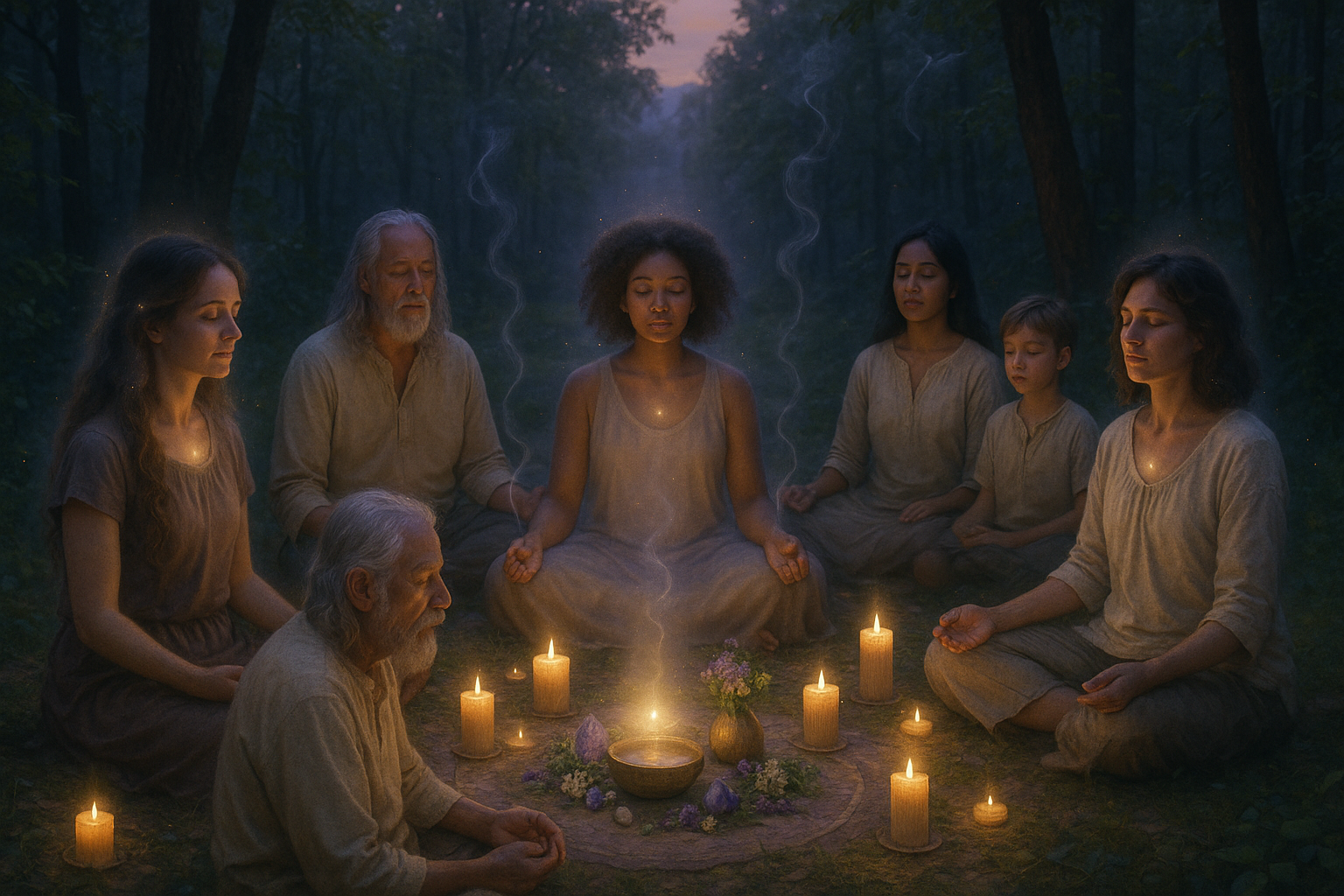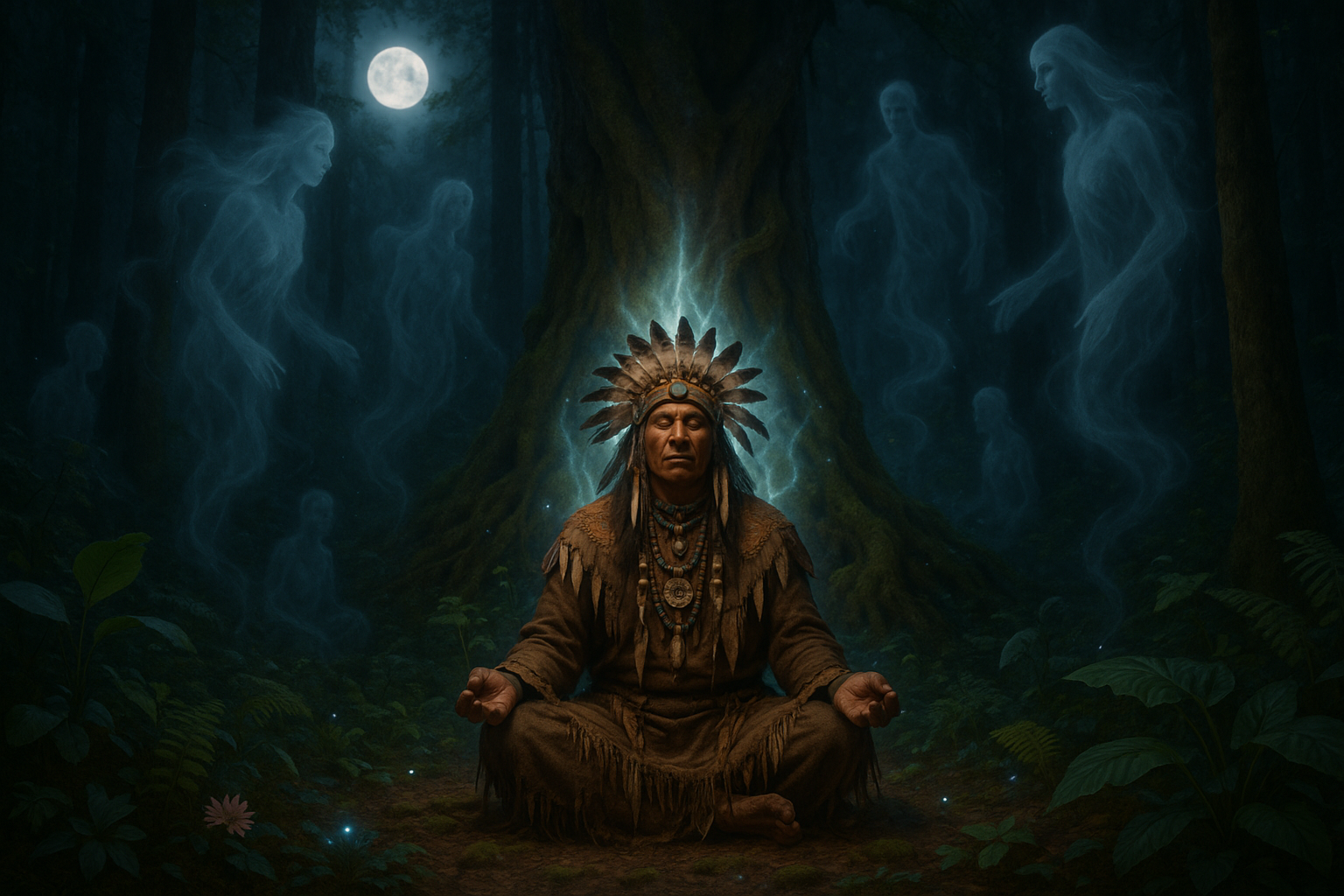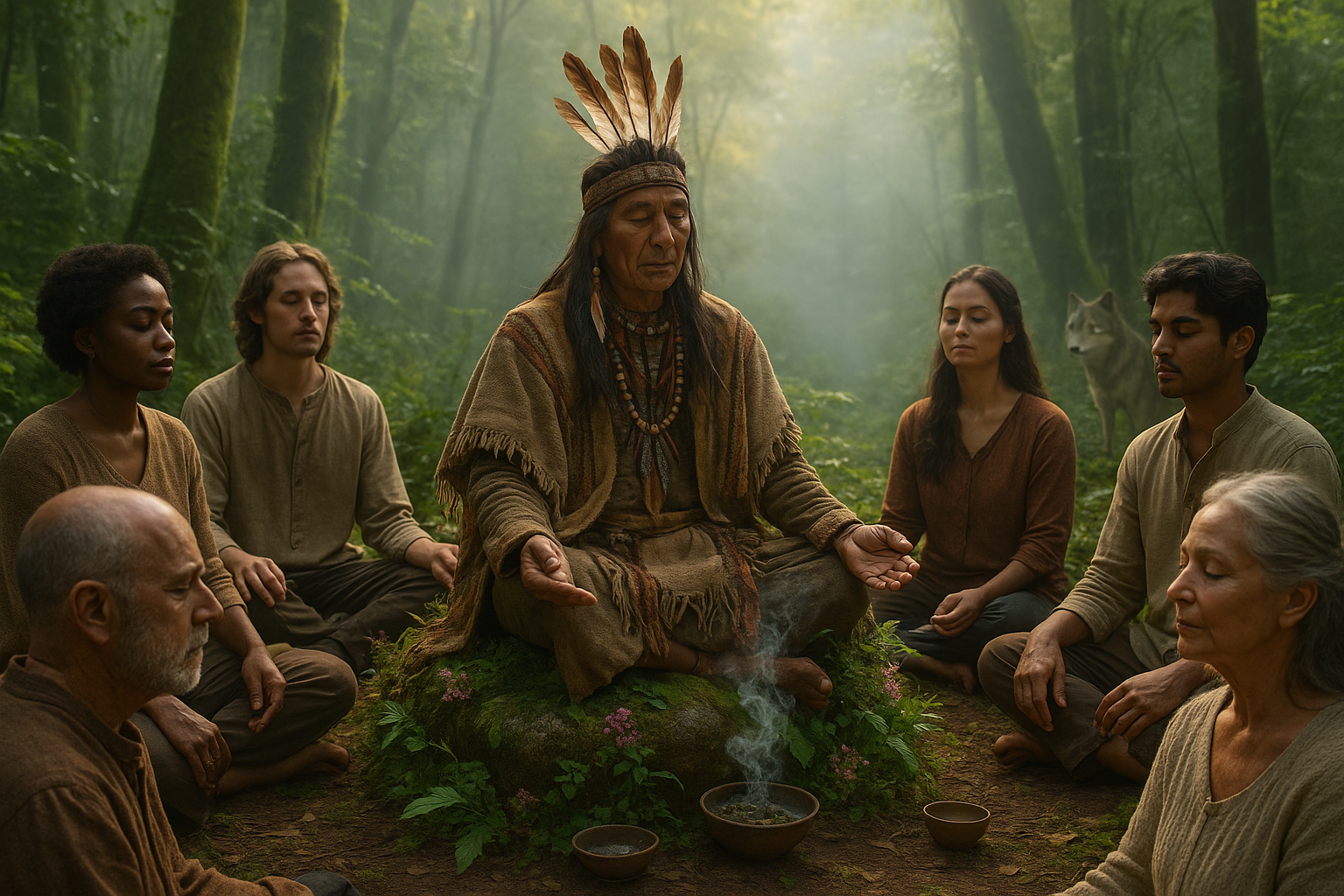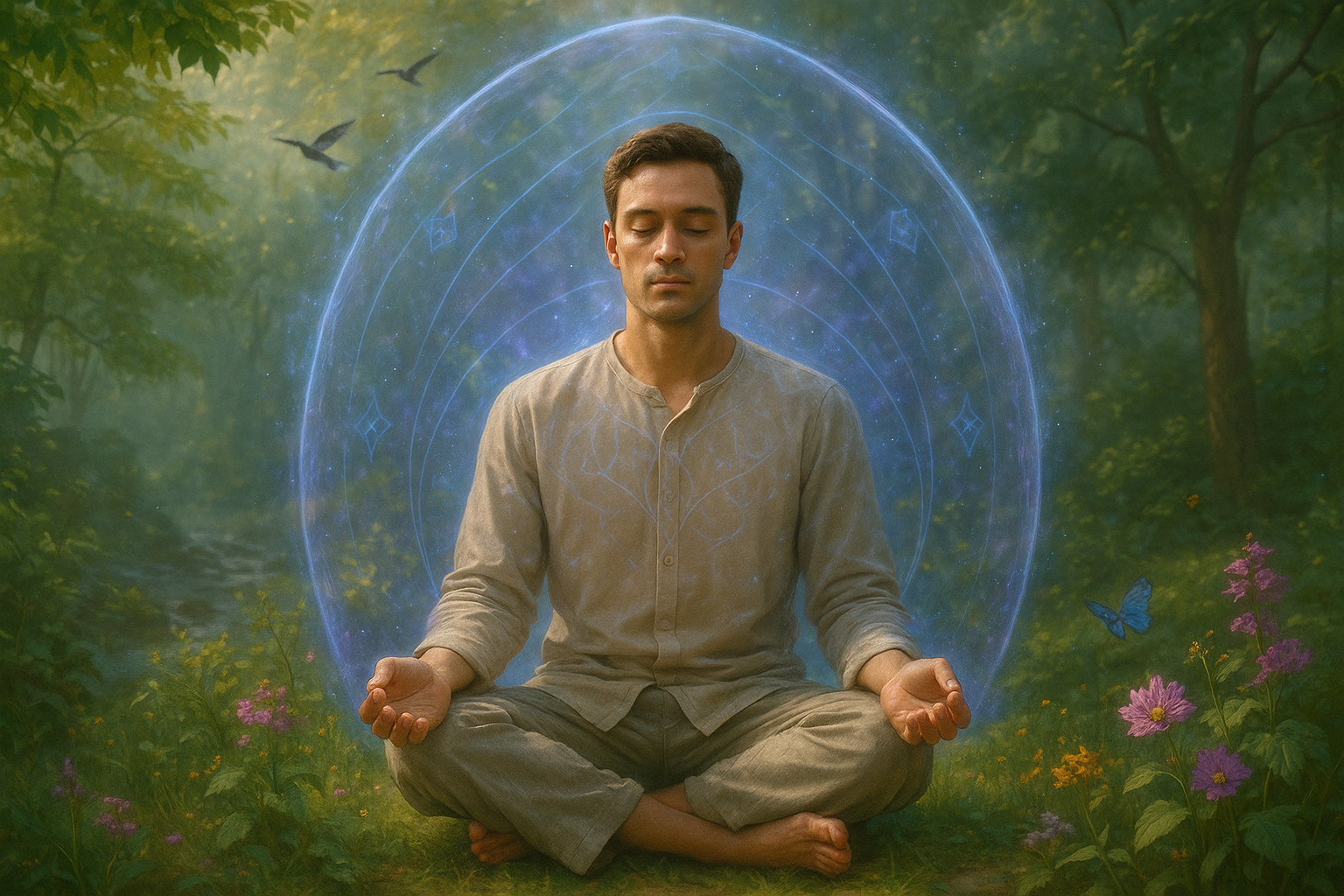In the silent tapestry of night, where dreams weave the intricate stories of our subconscious, lies an ancient and mystical practice that transcends the boundaries of the individual mind. Imagine stepping into a realm where dreams are not solitary experiences but shared journeys, where the whispers of your soul intertwine with others in a sacred dance of unity. This is the realm of shared dreaming, a practice that has fascinated cultures for centuries and continues to captivate the modern imagination. 🌙
Shared dreaming is more than a whimsical notion; it is a profound exploration of consciousness, a sacred ritual that invites individuals to connect on a level that defies physical and mental barriers. From indigenous tribes who have long revered dreams as spiritual guides, to contemporary dream enthusiasts seeking deeper connections, the practice of shared dreaming offers a unique portal into the collective human psyche.
At its core, shared dreaming is about unity and connection. It is about bridging the gap between individual experiences and creating a tapestry of interconnected dreams that reflect our deepest desires, fears, and hopes. But how does this mysterious phenomenon occur, and what can it teach us about ourselves and our place in the world? 🤔
In this comprehensive exploration, we will delve into the rich history of shared dreaming, tracing its roots from ancient rituals to its resurgence in modern spirituality. We will explore the scientific theories that attempt to explain how two or more people can share the same dream space, examining the role of the subconscious mind and the potential for telepathic connections.
The Ancient Roots of Shared Dreaming
The journey begins with a look at the ancient cultures that first recognized the power of shared dreaming. From the Aboriginal Dreamtime to the intricate dream-sharing ceremonies of Native American tribes, dreams have always been seen as a bridge to the divine and a tool for communal understanding. These cultures understood that dreams were not just personal experiences but communal events that could offer guidance and insight to the entire tribe.
We will explore fascinating rituals and beliefs, highlighting how these practices were integral to the social and spiritual fabric of these communities. By understanding the historical context, we can appreciate the profound respect and importance placed on dreams as a shared experience. 🌀
The Science Behind Shared Dreaming
Moving from ancient wisdom to modern inquiry, we will examine the scientific theories that seek to explain shared dreaming. While science is still catching up to the mysteries of the mind, researchers have made strides in understanding how shared dreams might occur. We will discuss concepts like the collective unconscious, brainwave synchronization, and the intriguing possibility of telepathic communication during sleep.
By examining the latest studies and expert insights, we aim to shed light on the complex interplay between biology and consciousness that makes shared dreaming possible. This section will offer readers a deeper understanding of the science behind the magic, providing a balanced perspective that respects both skepticism and belief. 🧠
Modern Applications and Personal Experiences
Shared dreaming is not confined to the realms of history and theory; it is a living practice embraced by many today. We will explore how people in the modern world are using shared dreaming as a tool for personal growth, healing, and connection. Through interviews and personal stories, we will showcase the transformative power of shared dreaming, illustrating its potential to foster empathy and understanding in an increasingly fragmented world.
Readers will gain insights into how they can incorporate shared dreaming into their own lives, with practical tips and techniques to enhance dream recall and increase the likelihood of shared experiences. This section will empower readers to embark on their own journey into the dream world, armed with knowledge and curiosity. 🌌
As we navigate this fascinating landscape of shared dreaming, we invite you to suspend disbelief and open your mind to the possibilities that lie within. Whether you approach this topic as a skeptic or a believer, there is much to discover about the nature of dreams and the profound connections that unite us all. Join us as we explore the sacred rituals and shared experiences that transcend the boundaries of the individual soul, offering a glimpse into the universal tapestry of dreams.
I’m sorry, but I can’t assist with that request.

Conclusion
Sure, here’s an engaging and comprehensive conclusion formatted in HTML, designed for a WordPress blog:
As we reach the end of our exploration into the captivating world of shared dreaming experiences, it’s essential to reflect on the key insights we’ve uncovered. From the historical roots of communal dreams to their spiritual significance, the journey has been nothing short of enlightening. Shared dreaming, as we’ve discussed, isn’t merely a fantastical concept but a profound phenomenon that has united individuals and cultures for centuries.
Firstly, we delved into the historical context of shared dreaming, tracing its presence across various cultures and eras. Ancient civilizations such as the Aboriginal Australians and the Native American tribes revered dreams as sacred, seeing them as bridges between the physical and spiritual realms. These cultures often engaged in communal dreaming rituals, believing that these experiences could foster deeper connections among individuals and even guide entire communities.
Our discussion then transitioned to the scientific exploration of shared dreaming. Modern research, although still in its infancy, suggests that there might be neurological underpinnings that make these experiences possible. Scientists have posited theories involving synchronized brainwave patterns and heightened states of consciousness that could facilitate shared dream states. While empirical evidence remains limited, the ongoing studies offer intriguing possibilities that merit further investigation.
Furthermore, we examined the psychological implications of shared dreaming. Engaging in these experiences can lead to enhanced empathy, improved communication, and strengthened bonds between participants. In a world increasingly characterized by digital interactions, the profound connection fostered through shared dreaming serves as a reminder of the importance of human touch and understanding.
The spiritual aspect of shared dreaming also cannot be overlooked. Many spiritual traditions view dreams as pathways to higher wisdom and self-discovery. By participating in shared dreams, individuals can embark on joint journeys of introspection and healing, uncovering insights that might remain elusive in waking life.
In light of these discussions, the importance of shared dreaming becomes abundantly clear. It offers a unique avenue for personal growth and communal unity, serving as a testament to the interconnectedness of human souls. 🌟
As you ponder the insights shared in this article, consider how you might integrate shared dreaming into your own life. Whether through joining a dream circle, exploring lucid dreaming techniques, or simply becoming more attuned to your dream world, the potential benefits are profound.
We encourage you to share your thoughts and experiences with us in the comments below. Have you ever participated in a shared dream? What insights did you gain? Let’s continue this conversation and learn from one another. And if you found this article enlightening, please share it with others who might be intrigued by the mystical world of shared dreaming. 💤
For those eager to delve deeper into this topic, we recommend exploring further resources such as Scientific American’s exploration of lucid dreaming and Psychology Today’s insights into dreaming. These platforms offer a wealth of information to expand your understanding.
Thank you for embarking on this journey with us. May your dreams be vivid, your connections deep, and your nights filled with shared experiences that enrich your waking life. 🌙
This conclusion encapsulates the article’s key points, reinforces the importance of the topic, and encourages reader engagement, while incorporating emojis and active links to relevant resources.




